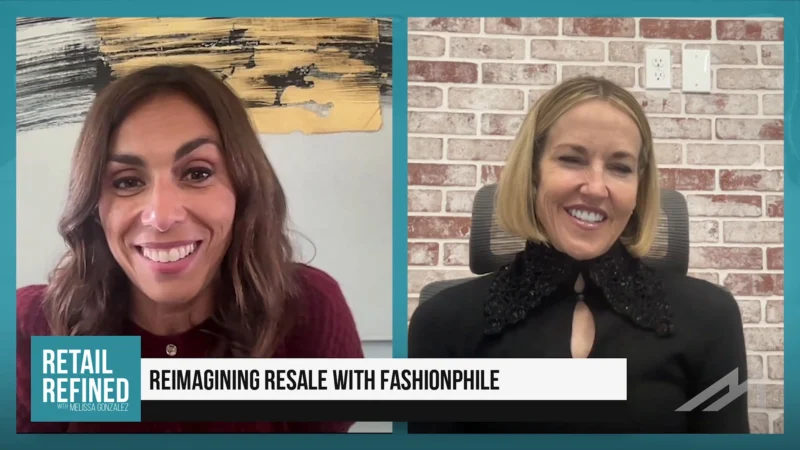Not Dead Yet: U.S. Malls Thrive Thanks to Gen Z and the Social Appeal of Shopping
Contrary to predictions of their decline, US malls are adapting in innovative ways to the evolving retail landscape. In 2022, foot traffic surged, with top-tier malls seeing a 12% rise from 2019 levels, and their lower-tier counterparts experiencing a 10% increase. These bustling corridors reported impressive revenues: top-tier malls generated $7.5 billion, while lower-tier venues recorded $6.4 billion, with the latter boasting a growth rate of nearly 9%.
Despite the boom of e-commerce, brands leverage the omnichannel experience and strategies, and even digital-only labels are establishing brick-and-mortar presences. Catering to the Gen Z demographic, malls are offering not just products but unique in-store experiences and communal entertainment spaces, reaffirming their central role in community life.
Today’s younger generation is rewriting the narrative of what it means to have a shopping experience. Rather than the standard series of apparel stores that once defined the mall, they’re searching for holistic destinations that cater to every aspect of their lives. This shift was already in motion with the emergence of the omnichannel experience, but the pandemic fast-tracked its adoption.
Now, the mall is no longer just a place to shop, but a locale where one can retrieve online purchases and simultaneously enjoy various experiential offerings. Gen Z, in particular, values these physical social interactions more than any generation before. They may document their mall adventures on social media, adding a digital layer to the tactile experience that entices their peers with the fear of missing out. Stephanie Cegielski, VP of Research for the International Council of Shopping Centers, sheds further light on this evolving role of shopping centers.
Stephanie’s Thoughts
“This generation is looking for, they’re not looking for the 100 apparel stores that I was looking for when I was their age. They are really looking for their entire life to be housed in one place, and it’s kind of that one stop for them. So any mall that is that is catering to that is probably doing pretty well right now.
The omnichannel experience was happening before the pandemic. I think the pandemic really expedited it and introduced consumers to it. So, you know, the role of the mall is that place to go for that one stop. So, you know, you can go and do all your shopping online and then go to the mall and pick up all of those items while you can also do the experiential things.
You know, for Gen Z, they are a digitally native generation. So that social component is actually more important for them than in previous generations. And that’s a great place to do it because they can go browse apparel stores. They can go and see a movie or go have lunch. So it’s every aspect of that experience of the mall…is happening for them at the mall because they can’t get it on their phone. Now, they’re still going to have their phone with them. They’re going to share it on social media and they’re going to share that experience with their friends who then may have kind of that FOMO and want to go do that themselves.”








